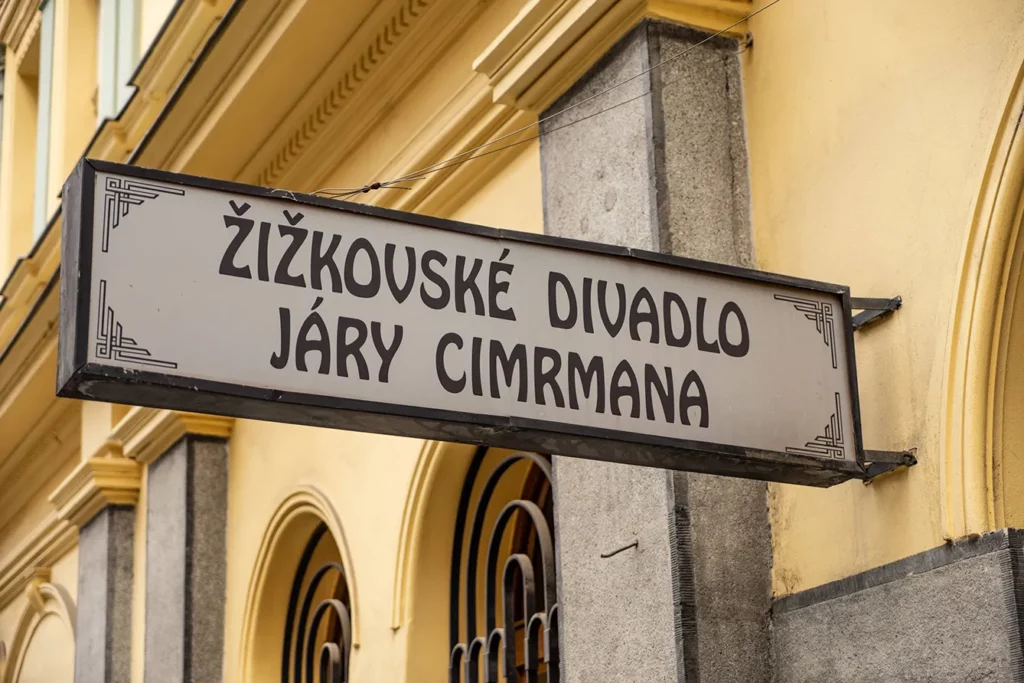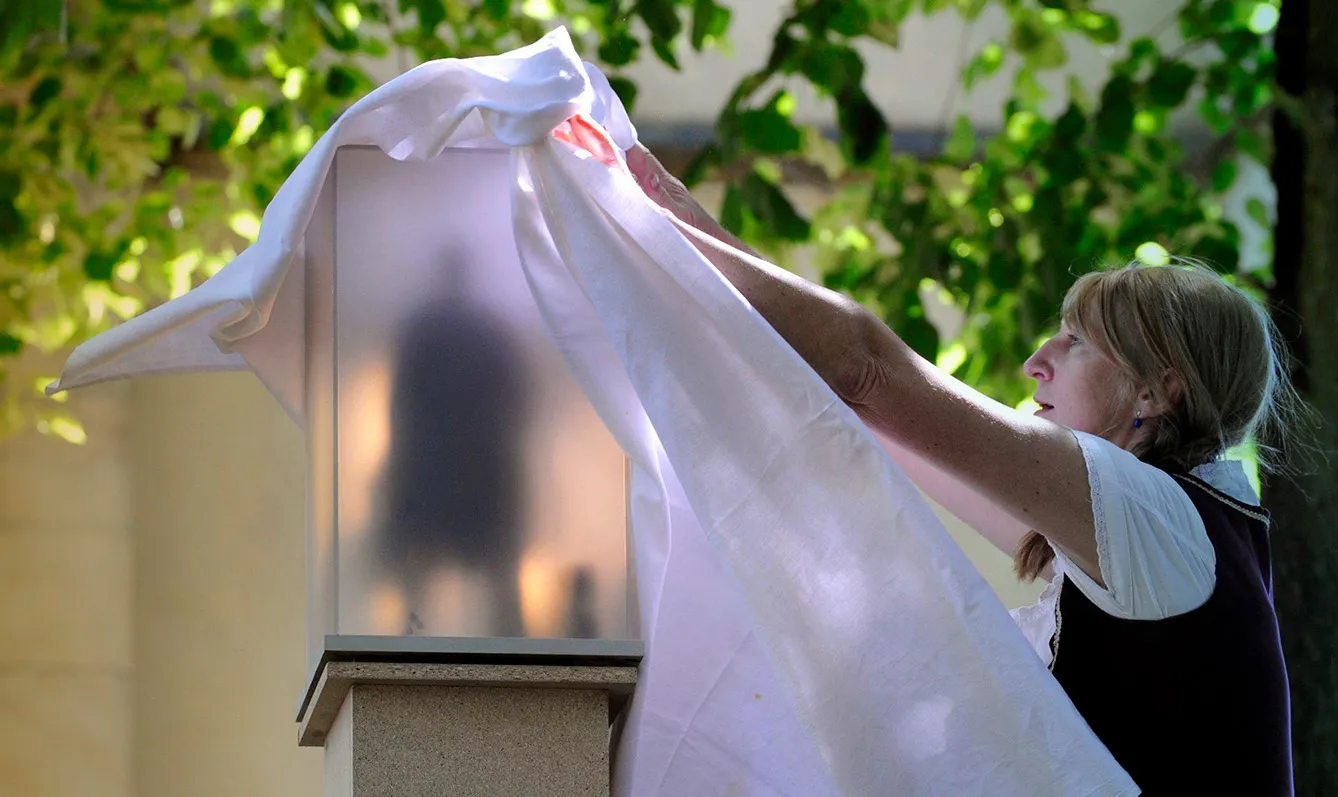Jára Cimrman’s life is truly remarkable, as he traveled extensively worldwide and left a lasting impact in almost every country he visited. Though it is interesting to note that Jára Cimrman, a brilliant Czech, never actually existed.
The Jára Cimrman Phenomenon
Jára Cimrman’s birth details remain unclear as he was born in Vienna sometime between 1853 and 1884. The local registrar who recorded his birth was known to be a heavy drinker, and his handwriting was illegible. As a result, several possible years, including 1853, 1856, 1864, 1868, 1883, and 1884, have been suggested as the year of Cimrman’s birth. At least we know for sure that he was born in February. Cimrman thus celebrated the 170th and 140th anniversaries of his birth this year.
All his childhood, he was raised as a girl to fetch clothes from his sister Luise. But this did not affect Cimrman in any way, and in the course of his life, he would make an indelible mark on Czech and world history. Throughout his life, Jára Cimrman was a sculptor, teacher, inventor, criminalist, steamroller driver, composer, painter, poet, philosopher, traveler, explorer, sportsman, and engineer. Moreover, he established himself as the top man across all areas.
Cimrman’s ideas and inventions
The last references to Jára Cimrman are from Liptákov village, where Cimrman’s personal belongings were discovered in the 1960s. From these materials, it was found that Cimrman had made a significant mark on world history. But if this article were to mention all of Cimrman’s achievements, it would be more like a book. To name a few: Cimrman submitted a proposal to the United States government to build the Panama Canal. He reformed the Galician education system. With Count Zeppelin, he designed the first airship with a rigid structure made of Swedish steel. He founded a puppet theatre in Paraguay. Cimrman founded a school of criminology, music, and ballet in Vienna.
It was also Cimrman who inspired Italian inventor Marconi to invent the wireless connection and the radio. He then helped Gustave Eiffel perfect the design of the Eiffel Tower. Last but not least, with the words “Shouldnt be there more, Anton Pavlovich?” he convinced the playwright Chekhov to rename his play “Two Sisters” to “Three Sisters.“
At the London Patent Office, Cimrman missed several opportunities to patent his inventions: the telephone, dynamite, the light bulb, and the battery. Each time, however, he was a moment later than the inventors of these devices known to us.
Jára Cimrman, the non-existent genius
You have probably already figured out that the life of Jára Cimrman is so unique that it must be fictional. And you’re right. Jára Cimrman is a fictional character who became essential to Czech cultural heritage. The character was created by a group of Czech theater artists in the 1960s and was initially conceived as a “genius of all times and nations” whose contributions to human history had been unjustly forgotten.
The people responsible for Jára Cimrman, Jiří Šebánek, Zdeněk Svěrák, and Ladislav Smoljak invented Cimrman’s life from A to Z: the place and dates of his birth, where he lived and what he invented, but also where he supposedly died. The village of Liptákov, the last known place where Cimrman lived, is also fictional.


Cimrman, a national treasure
The person of Jára Cimrman was and is so complicated that it gave rise to a new scientific discipline: Cimrmanology. In his honor, the Jára Cimrman Theatre was founded in the 1970s, which performs 15 of his plays and presents his scholarly essays. Several films have been made about Cimrman.
But Cimrman’s non-existence has never been an obstacle to gaining real success. In 2005, for example, he received the most votes in the poll The Greatest Czech. In 2010, he repeated the same success in the TV poll 7 Wonders of the Czech Republic. In 2007, he came second in a survey of possible presidential candidates.
On top of that, the planet 7796 Járacimrman orbits in space between Mars and Jupiter. Streets, schools, and lookout towers across the Czech Republic are named after Cimrman. Cimrman also has a significant overlap in zoology and botany: protozoa (Isospora jaracimrmani), scorpions (Heterometrus cimrmani), and sedges (Rubus jarae-cimrmanii) are named after him.
Dedication to the joke
Czechs are known for their sense of humor. Humor that sometimes goes beyond the limits of human reason. But Jára Cimrman is no joke. He has become a firm part of the Czech identity. And it has to be said that the dedication to the joke is extreme. What does it matter that Jára Cimrman is only an abstract idea, and the Czechs don’t have a single photo or painting of the genius? Is that supposed to be an obstacle?
Just look at these monuments that the Czechs have unveiled to their genius: a bite of Jára Cimrman’s apple, his autobust, or a memorial plaque with the back of his head instead of the usually used face of the celebrated figure.
What to say to all this? Jára Cimrman is a world phenomenon and a multi-talented Czech whom the world has failed to appreciate. As well as all Czechs.







